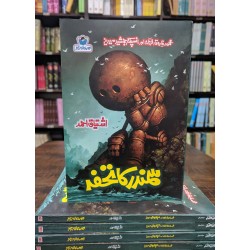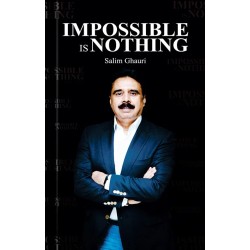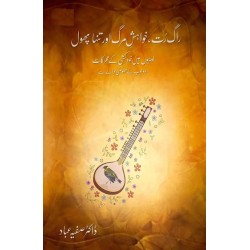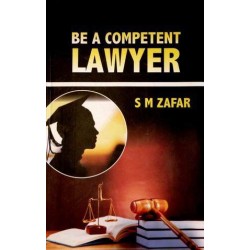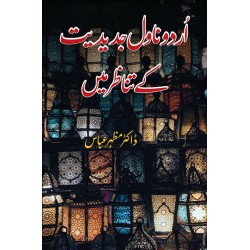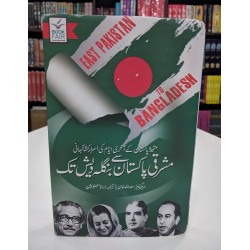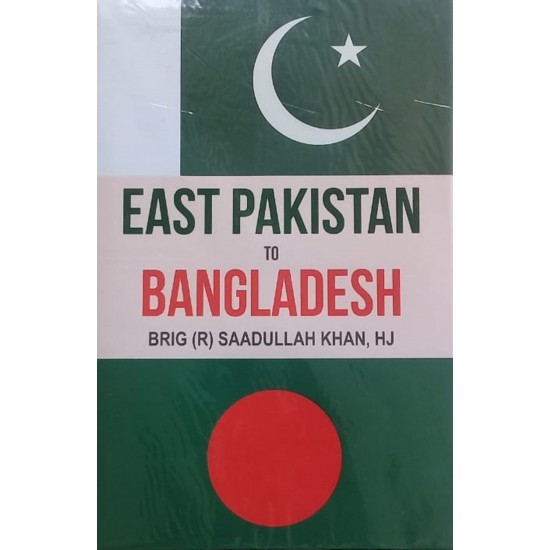
-29 %
East Pakistan To Bangladesh
- Writer: Brig Saadullah Khan
- Category: English
- Pages: 194
- Stock: In Stock
- Model: STP-11293
Rs.1,000
Rs.1,400
In March 1971 Awami League rebelled in East Pakistan. Indians were their sponsors; they also jumped into the fray. Nevertheless the rebellion was crushed quickly. The Bengali Nationalists were caught in a web of their own creation. Apprehending reprisals for the blood curdling crimes they had perpetrated against the innocent and unarmed non-Bengalis during their “Bacha Saka’s" rule they fled the country, carting their families with them. Many others also panicked and ran across the open borders of India. The panic was by no means relieved by the revengeful acts of some of the inflamed men of the armed forces. The Indians exulted. The rebellion had died but insurgency would take birth.
The Bengali military leadership had failed, the Indian General Staff took over the conduct of military operations. In early April the Indian Eastern Command was charged with the task of ‘Perpetuating Insurgency in East Pakistan’. Subsequently they got orders to ‘liberate’ East Pakistan. The Indian Commanders who had 'distinguished' themselves in counter insurgency operations in Nagaland were put in the field. Brigadier Shah Beg Singh was among the first such commanders. He knew his business and promptly sealed exit from the refugee camps. The refugees would enter, but could not leave. The young men were enrolled to fight against Pakistan. They came forth voluntarily and enthusiastically to start with. Their kiths and kins were segregated, apparently for better rations, in fact for protective custody. The measure was timely. By August, the much advertised ‘Monsoon Operation’ had failed and though belatedly, Pakistan had declared amnesty for the rebels.
The urge to return home was strong. It was too late. The Indian octopus had them in their vile and lethal embrace by now. Security strangulations were tightened around their families. Nevertheless some refused to infiltrate and many having infiltrated surrendered and bade farewell to arms. The Indians are not easy customers. Promptly they beheaded their families and scaffolding the headless bodies floated them down the rivers flowing into East Pakistan. In the author’s area, Mymensingh the bodies came down the Bhugai and Someswari rivers. Some were fished out near Mymensingh where an off shoot of Bhugai joins the old Brahamputra. To start with there was no explanation for these headless bodies on the bamboo floats. The mystery was solved through the Awami League couriers warning the infiltrators of similar consequences if they surrendered. It is bad enough to have ‘hostages to fortune’, the rebels’ dear ones were now hostages to 'Kali'. The situation was summed up by the exclamation of one of the captured Mukties, “Oh God what shall we do: if we fight, the Pakistanis kill us; if we don’t, we get destroyed at the hands of the Indians".
Unfortunately, Pakistan was not strong enough to extricate them from the Indian stranglehold. Nor the government did anything to lift the political haze about the future. Confused men with woolly ideas kept on toying with different types of constitutions. The time kept on running out. The Indians were more alive to their peril. The rebels may completely collapse. They flung in regular Indian troops to boost the sagging morale of the rebels. In civvies, they joined the rebels in attacks on our outposts. That also failed. Through Awami League agents they also sent the word that India would launch a full-fledged attack in early winter, so that the rebels do not buckle and throw in the sponge. The Indians were true to their word. They would not miss their chance of the century. In November they discarded the farce of volunteers fighting in civvies and starting attacking with regular troops in uniform. A brigade size force would attack supported by guns, tanks and sometimes aircraft. From attacking the border outposts they had graduated to invading the border areas. From now on, they would hold their gains. At places they gained partial success. In December the Indian invasion commenced.
This book deals with what the author saw: in Part I the Civil War and in Part II the Indian War. It starts with the cyclone, because it was the turning point. It exposed the impotence of the central government and stimulated the rebellion.
The contents of the book are as follows;
· Part I – The Civil War;
The Cyclone
The Road to Disaster
Rajshahi
The Chaudhry of Dhalla
Kamalpur
Naqshi
A Gang is Exterminated
Trip to Tengabo
A Brave Bengali Boy
Kasba: Position and Outpost
Latumura – Chandarpur
Salda Nadi – Night Cruise
A Multi Purpose Visit
Mukandpur
· Part II – The Indian War;
Before the Demons Danced
The Indian Invasion
The Battle of Akhaura
The Shock
Abandoning of Akhaura
Brahman Baria Action
The Battle of Ashuganj
A Day of Surprises
The Meghna River Crossing
Bhairab Bazar
Surrender
· Bangla Desh: An Unfamiliar and Perhaps an Untenable View
· HADI: The Portrait of a Razakar
· Index
| Book Attributes | |
| Pages | 194 |
